There is no such thing as a survival knife. Knives have been called that and have been marketed that way — as some kind of magical tool that will save your ass in some unlikely situation. But that idea is inherently flawed.
Sure, some general knife characteristics are more desirable for use in the wilderness. These are more accurately called “field knives.” They are utilitarian, simple, hearty, comfortable, and effective. Bushcraft knives fall into this category, but so do many hunting knives.
Where Did the Survival Knife Idea Come From?
For anyone who grew up in the 1980s, the words “survival knife” conjure an oversized fixed blade with crazy saw teeth on the spine, some kind of crappy black finish, and a hollow handle with a “survival kit” inside and a nonfunctioning compass in the cap. These knives littered the tables of every flea market in the US and the pages of every knife catalog in print, all promising the same thing: If you somehow found yourself lost in the wilderness, this knife, and all the shit it had on board, would straight up save your life.

Of course, this was all nonsense. These junk knives were made of crappy steel and were usually heavy, awkward, poorly balanced, and not really good at anything. Plus, the hollow handle meant the blade was welded to a bolt that was then affixed to the handle, creating a very weak spot in the overall construction. Try to pry or baton or do anything that puts torque on the blade of most hollow-handled knives, and it can break pretty easily.
But where did this idea of a do-it-all “survival knife” come from? The Air Force and Hollywood. But mostly the Air Force.
The US Air Force gave it a name in the 1950s when it started issuing the Air Force Survival Knife (AFSK) to pilots. The AFSK was a bit smaller than the Ka-Bar combat knife, and it had an exaggerated clip point and saw teeth on the spine, both included for one very specific purpose. The knife was meant to punch and saw through the aluminum skin of World War II- and Korea-era combat planes to facilitate escape and extraction from crashed aircraft. Then, it was meant to be used as a field knife by the downed pilot as he went about escaping and evading. The AFSK also had a hole on either arm of the handguard — some think they allowed the knife to be tied to a stake to make a spear.
Other than that, the US military, generally, has never been big on “survival knives.” They still aren’t. These days, troops tend to rely on sturdy combat knives as a last-ditch weapon, and folding knives or multitools for day-to-day utility. That isn’t to say they didn’t flirt with the idea of a do-it-all wilderness knife from time to time. (See the World War II-era Woodman’s Pal.)
Hollywood got involved in the early 1980s, when Arkansas knifesmith Jimmy Lile was commissioned to create an original knife for a new action movie called First Blood. He drew inspiration from combat knives of the past and the AFSK to create the first Rambo knife. It was a beautiful blade that looked amazing on camera, and its features played great in the movie. John Rambo flees from police into the wilderness of Oregon (actually Vancouver) with his knife and little else.
The hollow, waterproof aluminum handle had a cap with a compass on the inside, and held a survival kit containing, among other things, a needle and thread. In the movie’s most memorable scene, Rambo uses it to stitch up a bloody gash in his arm. There’s no CG and that looks as real today as it did in ’82. People were hooked, and the term “Rambo knife” became almost synonymous with “survival knife.” The massively successful sequel in ’85 only cemented this further and resulted in a whole new knife market — all those flea market knockoffs.
Problem is, the movie knife Lile designed is a pretty lousy knife in practical terms. While it’s not very heavy, it’s large and not great for detail work. Even if the entirely vestigial saw teeth didn’t prevent the knife from being batoned without destroying your baton, the hollow handle adds the aforementioned weaknesses, especially with a large, wide blade.
But the perception of the survival knife among the general public was forever changed.
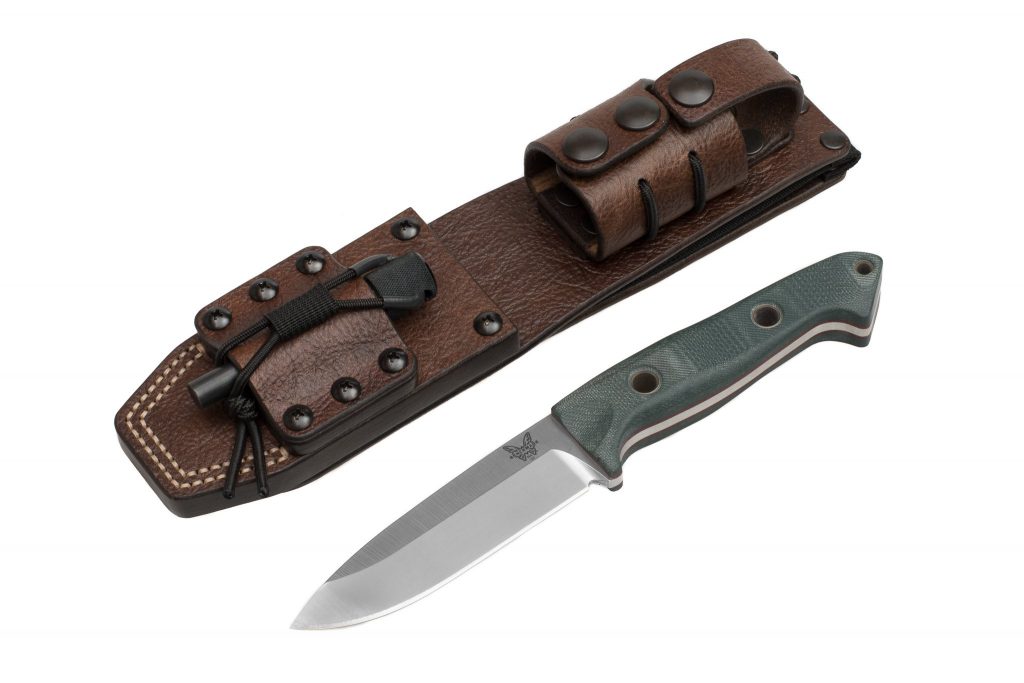
The Reality of Surviving
The thing most folks who saw the Rambo movies didn’t stop and think about was, no matter what kind of knife Rambo had, he was going to survive anyway. He was a former Green Beret who went to SERE school and spent years honing his skills in jungle combat. And that brings us to the heart of it: using a knife effectively in a survival situation has more to do with knowledge and a solid skill set than features and gizmos. Multipurpose “survival knives” try to reverse that — and sell it.
“I think people try to get a knife that will serve the purpose of an ax or a hatchet, and I just don’t understand that,” TJ Schwarz, an experienced knife designer who makes custom products and blades for companies like CRKT, said. “Having, say, a 4-inch knife that you can actually maneuver to perform fine tasks and you can actually whittle with it, use to fillet fish and such, and then also having a large hatchet, is ideal. It seems like a lot of people want to consolidate those two things into one, and then suddenly, you have a knife that can’t do either. I’ve seen that a lot.”
Paul Scheiter is a knife designer and the founder and owner of Hedgehog Leatherworks, which makes some of the best and most rugged custom leather sheaths available. He says the knife industry as a whole has helped perpetuate a number of bad ideas over the years.
“One problem with the knife and survival industry is that there’s a lot of theory that doesn’t really have to get scrutinized and held accountable in practice,” Scheiter said. “The probability of ending up in a true survival situation is low, but then there are a lot of simple things that sound good, but you get out in the field and they don’t work or aren’t practical.”
That’s starting to change.
Rambo-style knives, weird machetes, and contraptions that tried to be something between a blade and a hatchet are falling by the wayside. With the rise in popularity of bushcrafting as a discipline, survival skill, and hobby, bushcrafting knives have become correspondingly popular.
“From my perspective, the bushcrafter types tend to embrace much more of a pioneer kind of spirit and want a simple but very hearty knife, something they can really beat up and use in all sorts of ways,” Beren McKay, vice president of product development and innovation at SOG, said. “They know a knife that will be of most use in the wilderness has to be robust and easy to maintain — something you can field sharpen on a rough stone. They’re very critical of gimmicks; they want a knife that’s simple, reliable, and durable.”
Here’s what it really comes down to: Any knife that works well as a knife is a good survival knife. That’s the easy part. It means nothing if someone doesn’t know how to use it.
“Some 500 years ago, you had people living [on this continent], using stone tools. Imagine the skill gap between us and them and imagine if you put a modern tool in the hands of those guys and what they could do,” Scheiter said. “I contend the gap we have today is not the tools, it’s that too few people go out and actually use them and build their skills. So, you end up with all these grand debates in the knife community about the best steel and the best grind and the best this and that — and those are all totally enjoyable debates to have from a hobby perspective, and I think we just have to call it that and say, ‘Okay, we’re debating this to a level of nuance because it’s fun, not because it’s practical.’”
Schwarz says there are a few features that a good, dependable field knife should have to be the most useful wilderness tool it can be.
“I’d want a knife that’s very simple and that is as fail-proof as possible. In a world where technology is fun and new mechanisms and tools and all that are exciting and I totally get that — I think that in a survival situation, that’s when you should go back to the absolute basics, things that are fundamental that have been proven out over the long term,” Schwarz said. “Obviously you need it to work. It doesn’t have to be a museum piece or super interesting. It’s just got to execute.
“Quality steel is huge, but it’s got to be sharpenable. It’s pretty likely that in a bad situation, you’re not going to have the latest and greatest diamond-stone sharpener with you, so a repeatedly sharpenable steel that will hold an edge for a considerable amount of time is ideal. That kind of excludes some of the super steels that are out there. You don’t want to be trying to sharpen S90V on a rock.”
Schwarz agrees that a full-tang blade is necessary and outweighs the comfort of overmolded handles.
“If you’re building shelters and batoning, you can’t really predict the angle of force you’re going to put on that knife,” he said. “There are a million possible ways you might have to use that knife and you want to be able to actually use it for leverage.”
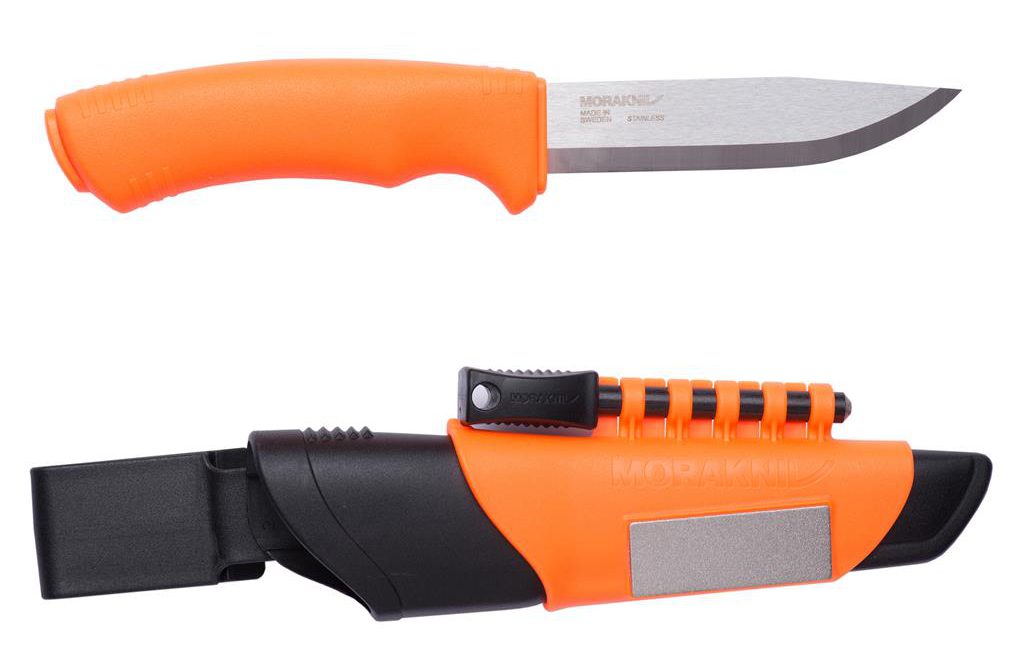
Survival Skills and the Internet Age
It stands to reason that the proliferation of survival and bushcraft knowledge and instruction freely available on the internet has changed how people think of these concepts for the better. Schwarz, Scheiter, and McKay agree.
Back in the day, when the available survival knowledge was limited to maybe a few old books in the library and a couple of fringe magazines, the idea of a knife that could supposedly compensate for a lack of knowledge with a bunch of cool features was really appealing.
Today, the opposite is true. You can find detailed instructional videos on how to live like a caveman or how to build a whole house out of mud. You can also learn how to do all kinds of bushcrafting projects, from the many ways to build and start fires and simple shelters to complicated structures and tools. The barrier to entry is super low — all you need is a simple, quality knife and some cordage to get started. And when you amass knowledge instead of toys, you tend to want to test that knowledge out.
As McKay says, the goal of serious bushcrafters is to be able to go into the woods with nothing but a knife and rebuild society. Most of those skills are things you need to be able to do in a survival situation: make fires, build a shelter, process wood, make traps and fishing tackle, dress and process game animals, etc.
If you’re looking down at a pile of snare wire and you have to turn that into food, a fancy super knife ain’t helping you unless it has a “How To Make Snares and Trap Animals” instruction booklet in its hollow handle.
No matter your skills, surviving in the wild with only a knife is hard. That’s kind of what makes bushcrafting so interesting. Can you carve a bow drill kit and use it to start a fire if you have to? Absolutely. Is it a whole lot harder than it sounds? Absolutely. And if you’re cold, hungry, and scared, it just gets harder.
Be realistic. To be truly prepared to survive, you should have more than just a knife and sheath on your list — hence the entire concept of a go bag. Short of that, the most minimal of survival kits should include the knife, something to sharpen it, a quality hatchet and/or saw, and at least an Altoids-tin-style survival kit with a fire-starting method more reliable than a few waterproof matches. Ideally, an IFAK (individual first aid kit) should also be in the mix.

Lessons Learned
There’s something crucial to consider about the survival mindset. Learning the necessary skills to survive with very little doesn’t have to be a doom-and-gloom affair where you’re always prepping for the worst-case scenario. Bushcrafting is, essentially, survival, and it’s fun. That’s why people do it.
It’s much the same as hunting. No matter how hardcore of a hunter you are, chances are high that you aren’t hunting to survive; you’re hunting for fun or for whatever you call the rewards you get from the many enjoyable facets of hunting.
Similarly, bushcrafters don’t do what they do because they have to. They do it for the process, for the satisfaction of creating something with their hands, and for fun. And, just as I would want an experienced hunter with me if, for some horrible reason, I had to rely on hunting for subsistence, I would want someone who was into bushcrafting and has built a ton of shelters, fires, and tools for fun when the time comes to create them out of necessity.
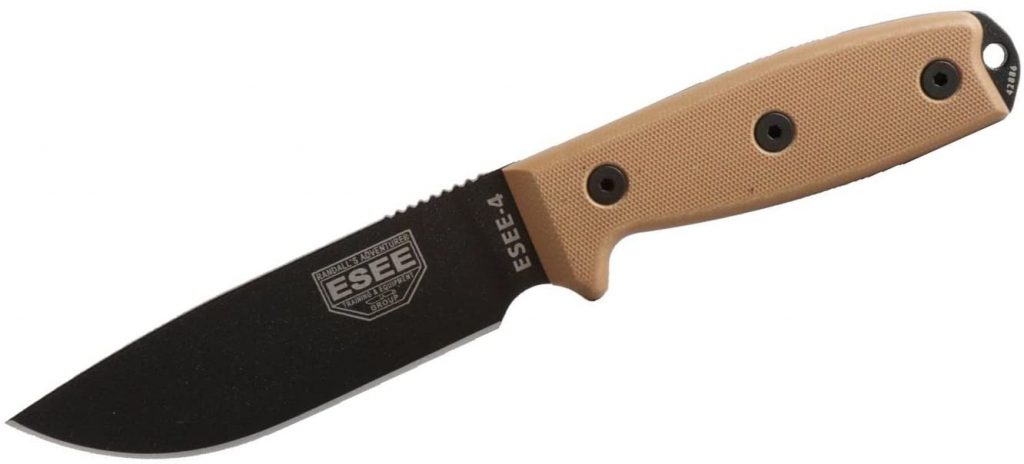
Choosing a Knife Based on Tasks, Not Features
Scheiter said a good knife must have a few basic characteristics based not on features, but on the tasks he feels it must be able to perform.
“For me personally, there are two things a knife needs to be able to do equally well,” he said. “First, it has to carve well, and the reason for that is that your knife is a tool that makes other tools. If you can’t carve, you can’t do that.”
“Second, it needs to be strong enough to baton with. A baton is an amplifier for the capabilities of a knife and allows you to do a lot more with a much smaller, less beefy tool,” Scheiter continued. “You can use a baton not only to split wood for a fire, which is arguably one of the most important things it can do, but you can also use it to cut down a tree, within reason. You just put that knife at a 45-degree angle on the outside and whack it with the baton and you work your way around like a beaver does. Also, it needs to be comfortable in the hand. And that’s really what a bushcraft knife is: strong enough to baton with and thin enough to carve with. All the knife innovation has led us back to a realization that complexity fails, simple wins, and we’re left with bushcraft knives and they’re kind of hard to improve on.”
As far as size, a full-tang blade of about 4 inches is ideal. Some prefer a longer blade, but the ceiling is 6 inches.
The blade should be thick enough that there will be no worries about batoning it or using it as a wedge or to pry (within reason), but not so thick that the knife becomes too heavy or clunky to carve with. Drop points and spear points are preferred, because they are the most versatile and robust. A clip point can work, but it’s tougher to drill with and can break a bit easier under heavy force.
The handle certainly need not be hollow, but it must be ergonomic and made from a material that doesn’t get overly slick when wet and grimy. A knife handle that seems perfectly fine when used for everyday tasks can become a blister machine in the woods.
Finally, the steel shouldn’t be so hard that it’s difficult to field sharpen, but not so soft that it doesn’t hold an edge. Stay away from those fancier super hard steels. Shoot for something with a Rockwell hardness in the neighborhood of 59.
To go with the knife in a survival kit, Scheiter prefers a quality folding saw to a hatchet, but says if it’s winter and there’s the possibility of processing a whole lot of wood, a hatchet would be quite welcome.
Read Next: 10 Knives That Would Make Crocodile Dundee Proud

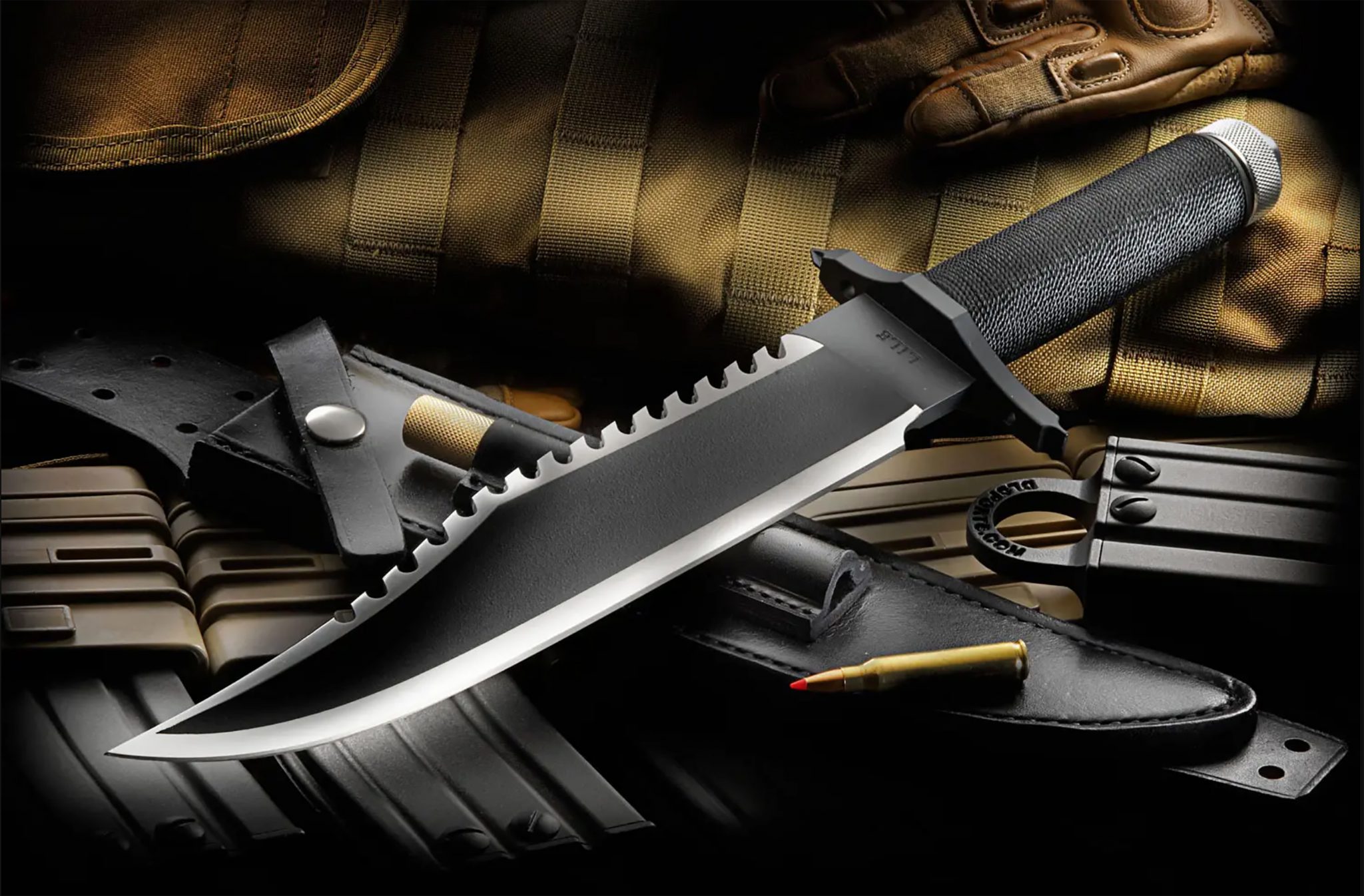
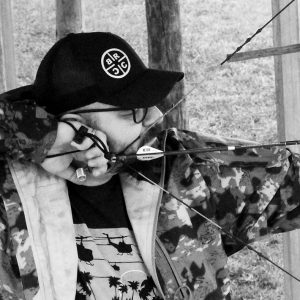
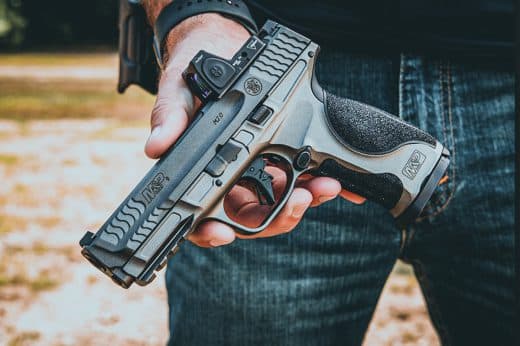
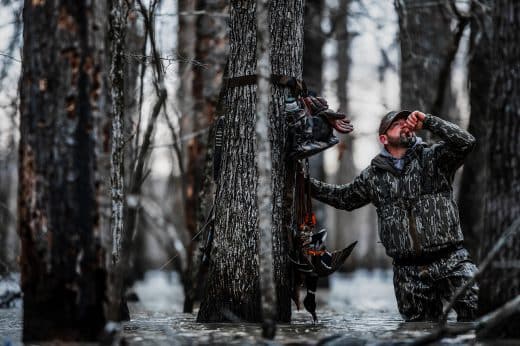
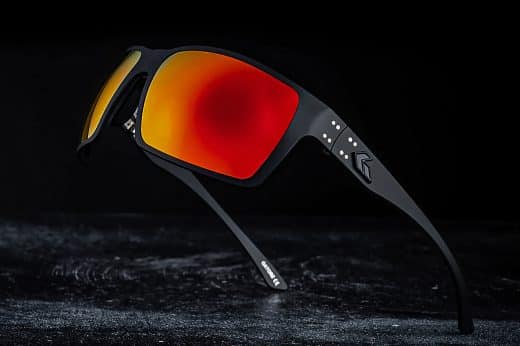


Bryan O'Connor says
I actually disagree with part of the assessment. As a 21 year year Army Vet/Retiree, Operator, Prepper, Life Long Survivalist, Hunter and Outdoorsman, It’s all about the features, I want my survival blade to do as many things as possible. I would rather have a Knife that does 5 or 6 things well-average than does 1 or 2 things perfectly because i can do more with it, with the knife that does one or 2 things perfectly unless I’m doing that 1 or 2 things that blade is worthless to me and is just extra weight I’m carrying around for nothing when moving/hiking tactically weight is your enemy, the more you carry the more effort your body has to put forth and the the more tired it becomes which means the more rest you require, IF I have 1 knife that does 5 or 6 different things that’s also less stuff I have to carry and while it may weigh a lil more than that knife that does 1 or 2 things perfectly it’s still going to weigh less than those 5 or 6 things combined that I now don’t have carry.
Jason says
You are 100% correct!